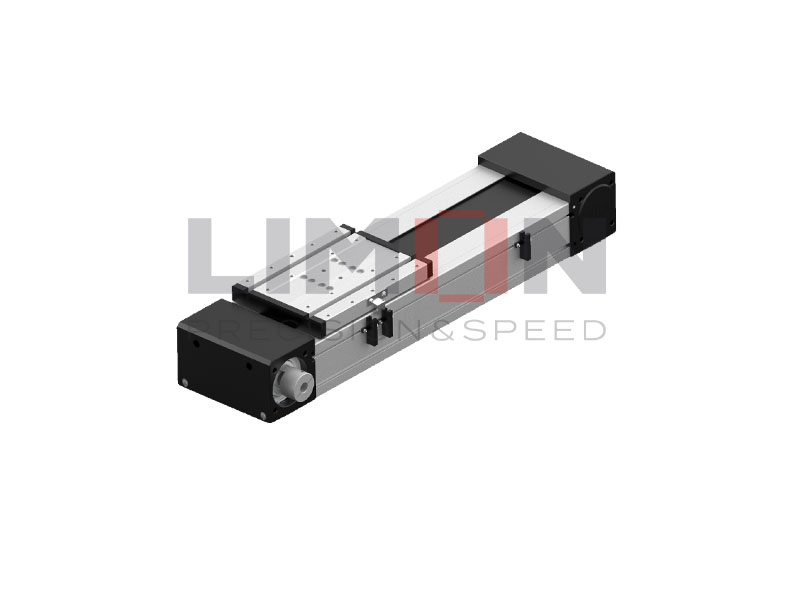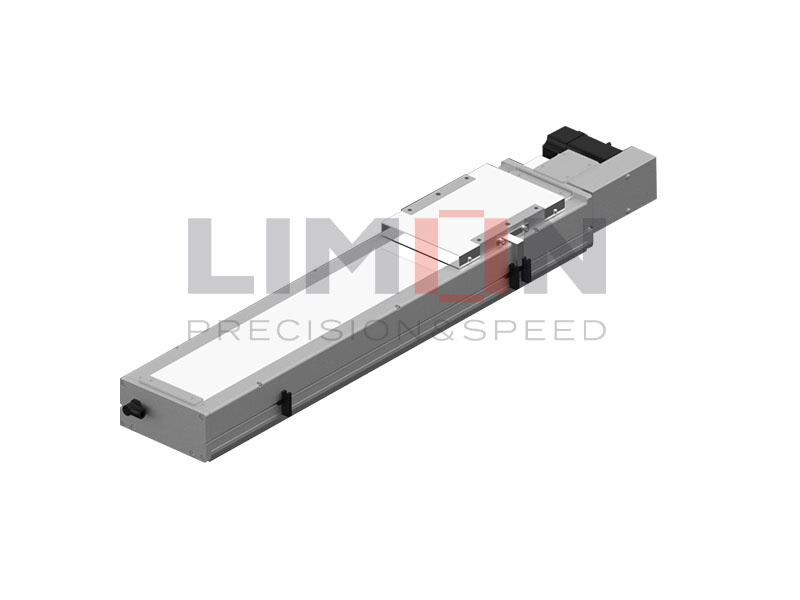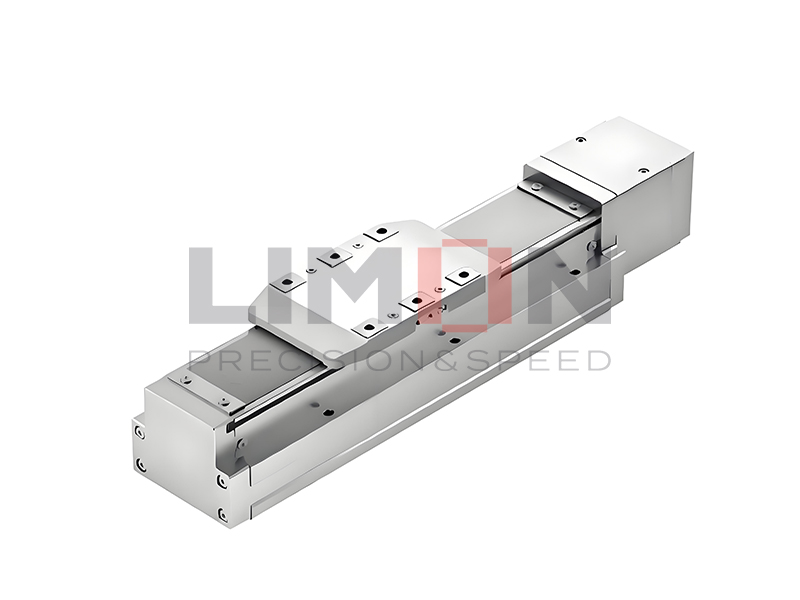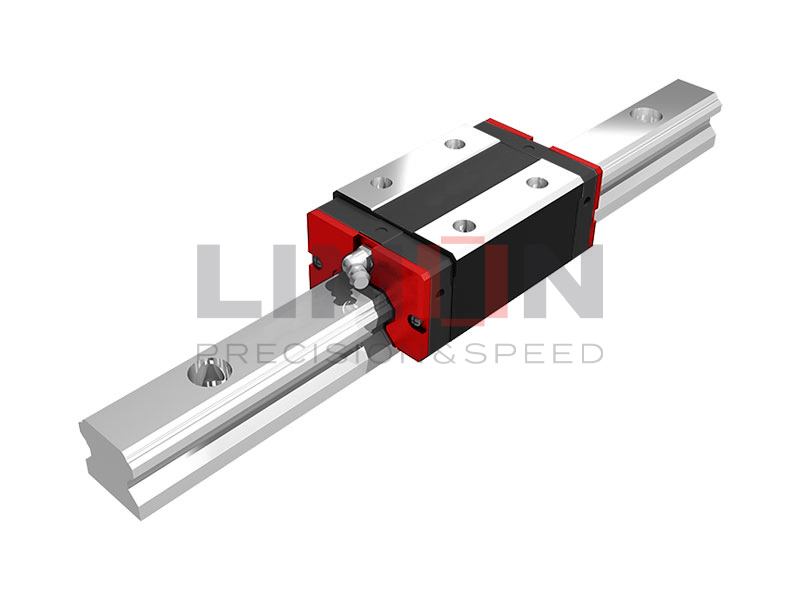Servo drives play a crucial role in modern automation, enabling precise control of motor movements in various industrial applications. Selecting and implementing the right servo drives is essential for optimizing performance and ensuring seamless integration within your system. In this article, we will provide valuable tips to guide you through the process of choosing and deploying servo drives effectively.
Understand Your Application Requirements:
Before diving into the world of servo drives, it’s essential to have a clear understanding of your application’s specific requirements. Consider factors such as speed, torque, and precision to determine the appropriate specifications for your servo drives. Identify the environmental conditions and any unique challenges your system may face, as this will impact the selection process.
Compatibility and Integration:
Ensure compatibility between your servo drives and other components in your automation system. It’s crucial to choose servo drives that seamlessly integrate with your existing controllers, motors, and feedback devices. Opting for a well-established and widely supported communication protocol will simplify the integration process, reducing the likelihood of compatibility issues.
Performance and Feedback Systems:
Evaluate the performance capabilities of servo drives by considering factors such as response time, accuracy, and resolution. Additionally, choose servo drives with advanced feedback systems, such as encoders or resolvers, to enhance the overall precision and control of your motor. This is particularly important for applications that demand high accuracy and dynamic response.
Scalability and Future-Proofing:
Select servo drives that offer scalability to accommodate potential future expansions or upgrades in your automation system. Investing in a modular and flexible solution allows for easy integration of additional drives or functionalities as your requirements evolve. This approach ensures that your system remains adaptable and future-proof, saving costs and minimizing disruptions.
Consider Environmental Factors:
The operating environment can significantly impact the performance and longevity of servo drives. Be mindful of factors like temperature, humidity, and vibration levels in your application area. Choose servo drives with robust designs and adequate protection features to withstand harsh conditions, ensuring reliable operation over the long term.
Energy Efficiency:
In today’s eco-conscious landscape, energy efficiency is a critical consideration. Look for servo drives with features such as regenerative braking capabilities, which can contribute to energy savings and reduce overall operating costs. Energy-efficient servo drives not only align with sustainability goals but also enhance the economic viability of your automation system.
Reliability and Support:
Prioritize servo drives from reputable manufacturers known for producing reliable and durable products. Consider the availability of technical support, documentation, and software tools to assist with the implementation and troubleshooting processes. A reliable support system is invaluable in ensuring the smooth operation of your automation setup.
Choosing and implementing servo drives requires careful consideration of various factors to optimize performance and ensure long-term reliability. By understanding your application requirements, prioritizing compatibility and integration, and considering scalability and environmental factors, you can make informed decisions that align with your automation goals. Follow these tips to navigate the selection process effectively and unlock the full potential of servo drives in your industrial applications.




